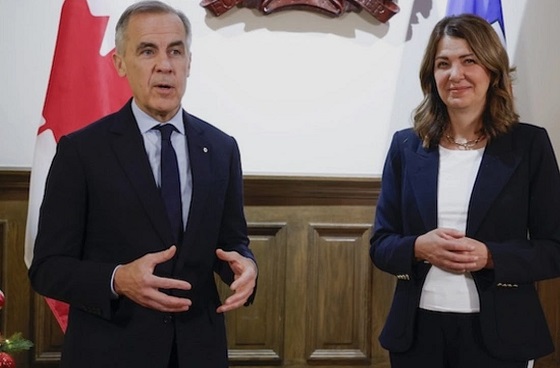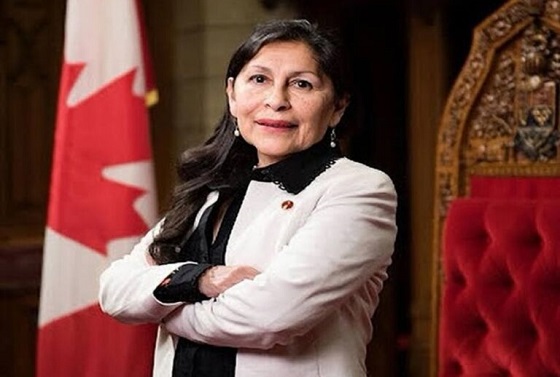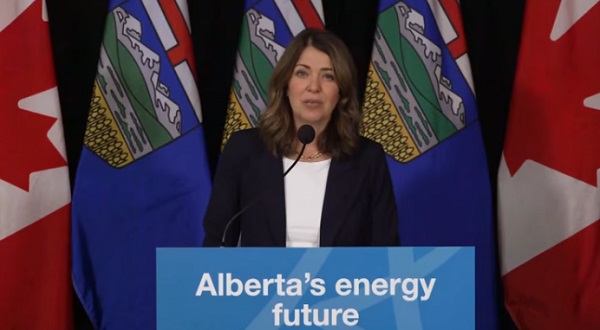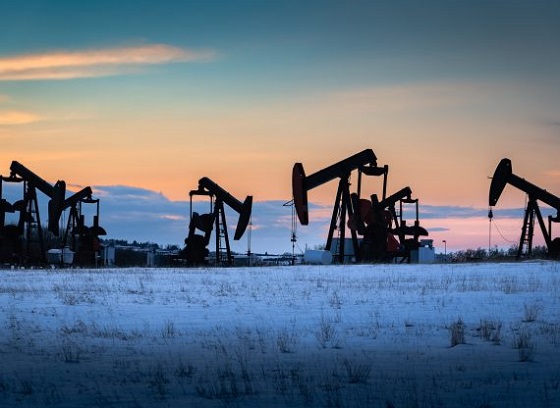Alberta
Alberta population growth highest in over 40 years!

Third-quarter population growth: Joint statement
President of Treasury Board and Minister of Finance Travis Toews and Minister of Jobs, Economy and Northern Development Brian Jean issued the following statement on Alberta’s third-quarter population growth:
“Alberta’s economy has momentum and we remain focused on investment attraction, job creation and diversification as we continue to be the economic engine of Canada.
“According to population estimates released by Statistics Canada, we just recorded our highest single-quarter population growth rate in more than 40 years. Between the beginning of July and the end of September, Alberta added 58,203 residents.
“This is a great testament to the economic climate here in Alberta.
“Compared to the rest of Canada, we have a lower cost of living, affordable housing market, higher earnings and lower taxes.
“We are committed to building up our young, educated workforce and putting Alberta in the best position possible to withstand future volatility.”
“The Renewed Alberta Advantage is real and the numbers prove it. Our government’s strong, business-friendly policies make us a top choice to grow a business, raise a family and build a career.
“This past quarter, Alberta saw massive gains in interprovincial migration. This means almost 20,000 more Canadians chose to make Alberta their home. This is, in part, thanks to our government’s strong, business-friendly, Alberta-first policies. Canadians and newcomers are rushing to Alberta to take advantage of our growing economy, our lower cost of living and our abundant opportunities.
“They’re coming to our province to get a first-class education, to find a well-paying job and to buy a home at some of the most affordable prices in the country. Our highly skilled workforce continues to diversify and grow our economy.
“Alberta is calling. Our doors are open to anyone who wants to keep more of what they earn while taking part in a prosperous Alberta.”
Alberta
READ IT HERE – Canada-Alberta Memorandum of Understanding – From the Prime Minister’s Office

Alberta
Falling resource revenue fuels Alberta government’s red ink

From the Fraser Institute
By Tegan Hill
According to this week’s fiscal update, amid falling oil prices, the Alberta government will run a projected $6.4 billion budget deficit in 2025/26—higher than the $5.2 billion deficit projected earlier this year and a massive swing from the $8.3 billion surplus recorded in 2024/25.
Overall, that’s a $14.8 billion deterioration in Alberta’s budgetary balance year over year. Resource revenue, including oil and gas royalties, comprises 44.5 per cent of that decline, falling by a projected $6.6 billion.
Albertans shouldn’t be surprised—the good times never last forever. It’s all part of the boom-and-bust cycle where the Alberta government enjoys budget surpluses when resource revenue is high, but inevitably falls back into deficits when resource revenue declines. Indeed, if resource revenue was at the same level as last year, Alberta’s budget would be balanced.
Instead, the Alberta government will return to a period of debt accumulation with projected net debt (total debt minus financial assets) reaching $42.0 billion this fiscal year. That comes with real costs for Albertans in the form of high debt interest payments ($3.0 billion) and potentially higher taxes in the future. That’s why Albertans need a new path forward. The key? Saving during good times to prepare for the bad.
The Smith government has made some strides in this direction by saving a share of budget surpluses, recorded over the last few years, in the Heritage Fund (Alberta’s long-term savings fund). But long-term savings is different than a designated rainy-day account to deal with short-term volatility.
Here’s how it’d work. The provincial government should determine a stable amount of resource revenue to be included in the budget annually. Any resource revenue above that amount would be automatically deposited in the rainy-day account to be withdrawn to support the budget (i.e. maintain that stable amount) in years when resource revenue falls below that set amount.
It wouldn’t be Alberta’s first rainy-day account. Back in 2003, the province established the Alberta Sustainability Fund (ASF), which was intended to operate this way. Unfortunately, it was based in statutory law, which meant the Alberta government could unilaterally change the rules governing the fund. Consequently, by 2007 nearly all resource revenue was used for annual spending. The rainy-day account was eventually drained and eliminated entirely in 2013. This time, the government should make the fund’s rules constitutional, which would make them much more difficult to change or ignore in the future.
According to this week’s fiscal update, the Alberta government’s resource revenue rollercoaster has turned from boom to bust. A rainy-day account would improve predictability and stability in the future by mitigating the impact of volatile resource revenue on the budget.
-

 Alberta4 hours ago
Alberta4 hours agoFrom Underdog to Top Broodmare
-

 Crime2 days ago
Crime2 days agoB.C.’s First Money-Laundering Sentence in a Decade Exposes Gaps in Global Hub for Chinese Drug Cash
-

 Banks2 days ago
Banks2 days agoThe Bill Designed to Kill Canada’s Fossil Fuel Sector
-

 armed forces2 days ago
armed forces2 days ago2025 Federal Budget: Veterans Are Bleeding for This Budget
-

 Alberta1 day ago
Alberta1 day agoAlberta and Ottawa ink landmark energy agreement
-

 Artificial Intelligence2 days ago
Artificial Intelligence2 days agoTrump’s New AI Focused ‘Manhattan Project’ Adds Pressure To Grid
-

 International1 day ago
International1 day agoAfghan Ex–CIA Partner Accused in D.C. National Guard Ambush
-

 Carbon Tax1 day ago
Carbon Tax1 day agoCanadian energy policies undermine a century of North American integration






